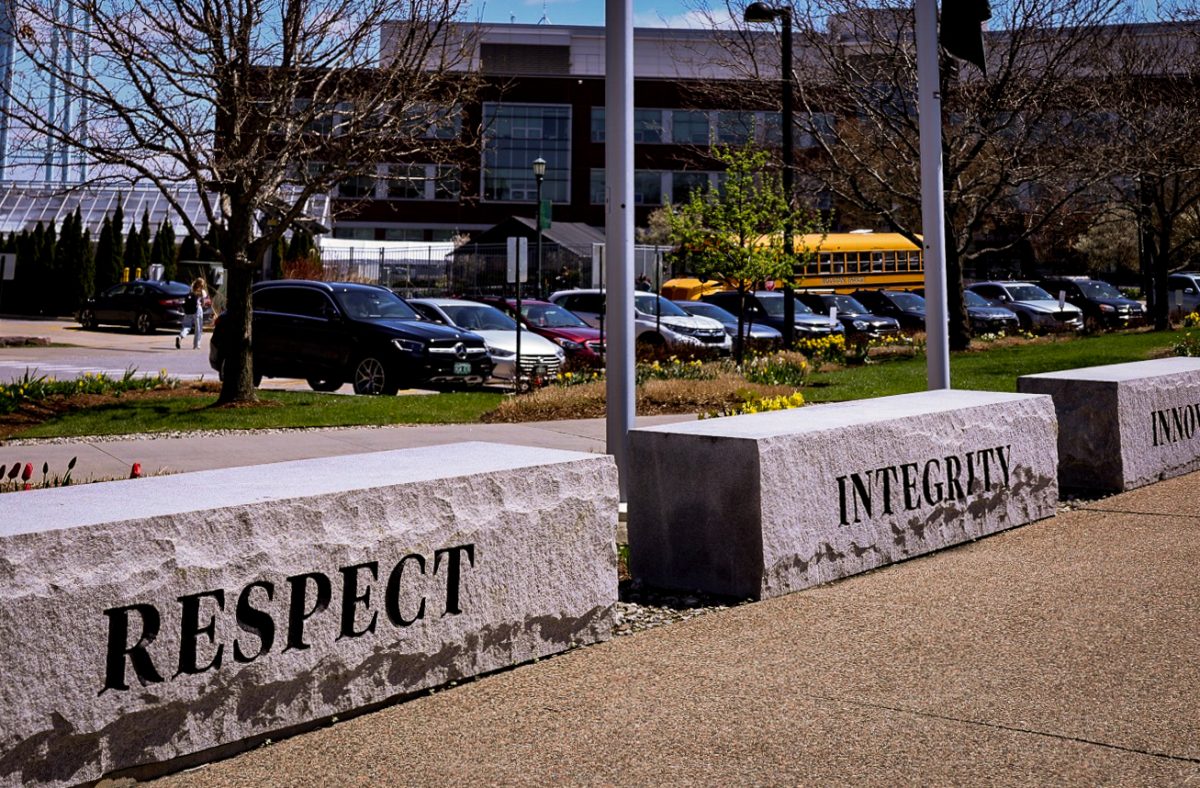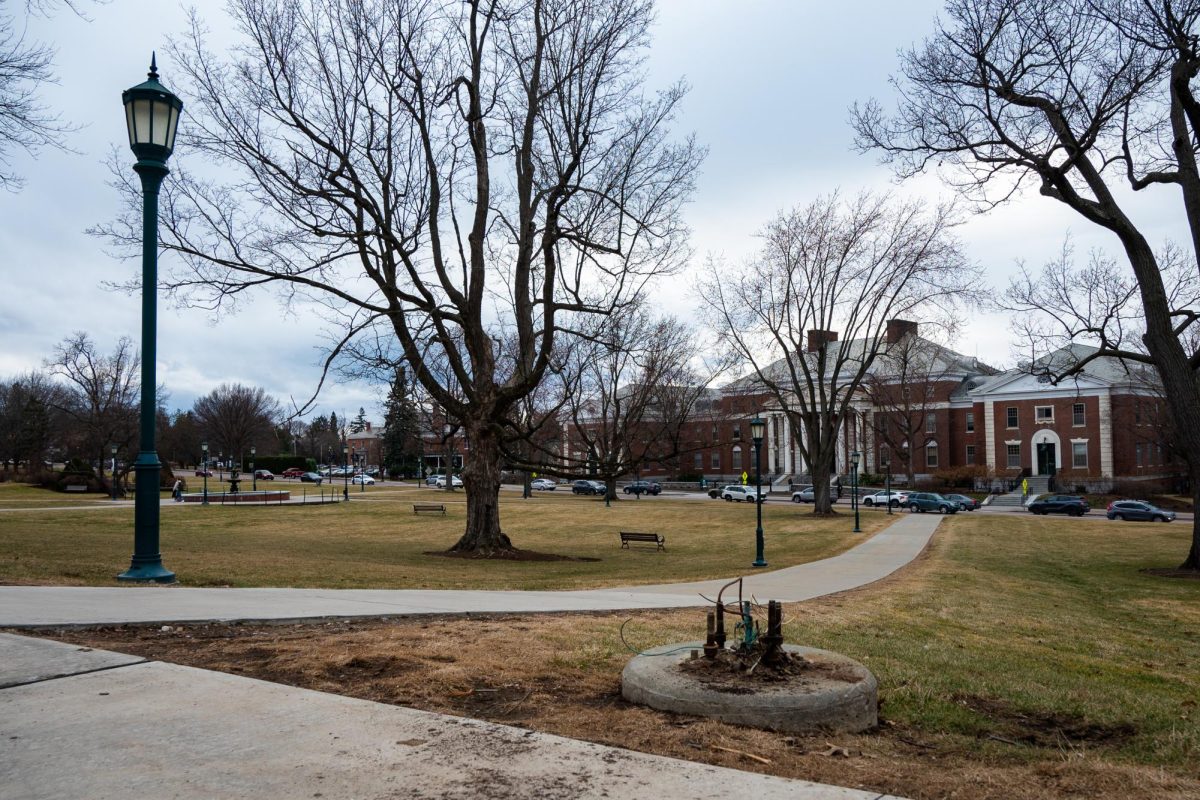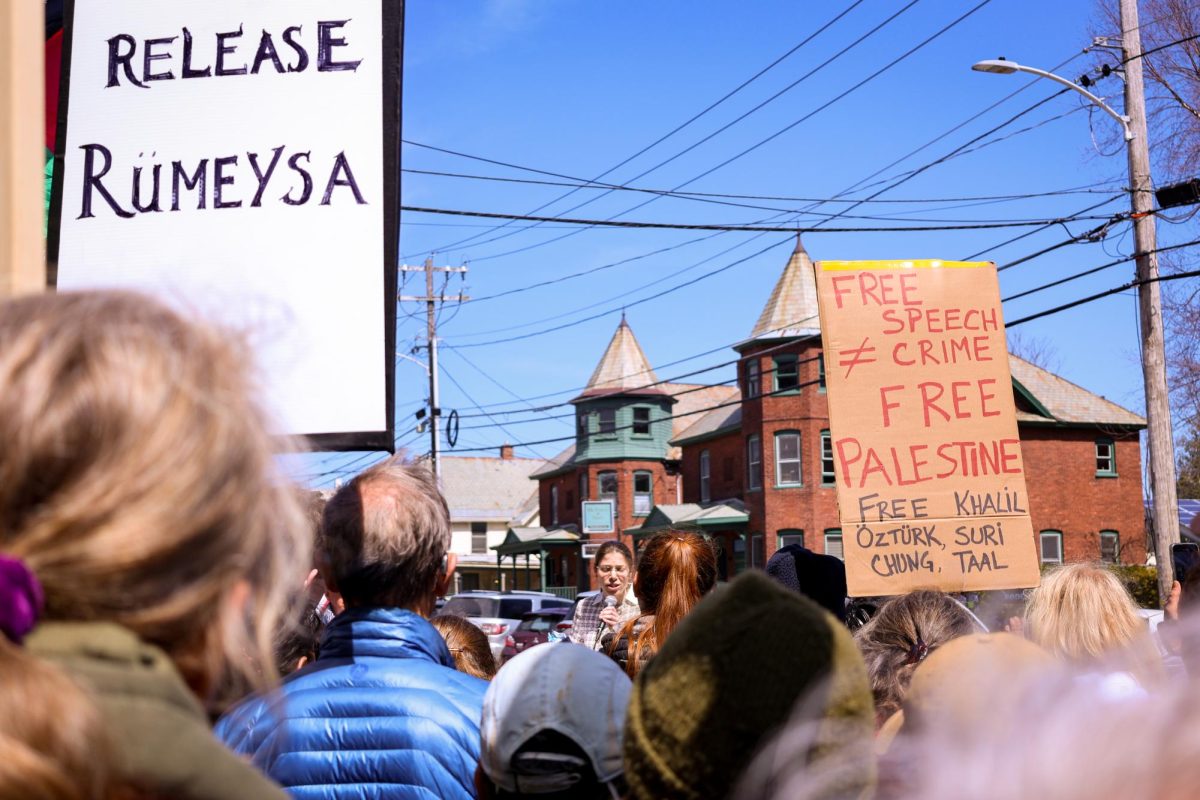On January 30th of last year the UVM community suffered a tragedy in the Redstone Apartments, a privately owned off campus residential complex, where one student, Jeffrey Rodliff died, and many others fell ill as a result of carbon monoxide poisoning. The leak was attributed to a faulty heating system. Students housed in the residence were relocated to the Sheraton Hotel. Following the leak, the University insisted that the owner install CO detectors in the facility.
The majority of UVM’s residences do not function on a heating system that risks the chance of carbon monoxide poisoning. Most of the system is steam based. However, all residence halls underwent carbon monoxide readings.
In a February 11th, 2005 statement, University president Daniel Fogel spoke of the actions taken by the University after the CO incident, to insure carbon monoxide safety. Among those measures included the inspection of all University buildings, both on campus and off, by the Burlington Fire Department. The installation of CO detectors in both academic and residential buildings on campus, and also the encouragement of off campus students to purchase CO detectors, by making them both available as well as affordable in the bookstore.
One year later, safety measures are holding up. In residence halls that do not use steam heat, CO detectors have been placed in every room. In Living/Learning residents were alerted to the placement of detectors in every suite over winter break.
Carbon monoxide is dangerous for a variety of reasons. The poisonous gas cannot be detected visually and doesn’t have a smell. CO can be emitted from a variety of sources found commonly in residences. Space heaters, gas stoves, non-electric boilers and furnaces, tobacco smoke as well as charcoal and gas grills all have the ability to release CO.
The ability for oxygen to be carried to the vital organs is impacted by the inhalation of CO. This lack of oxygen affects the heart, brain and lungs especially. Symptoms associated with carbon monoxide poisoning include: headaches, nausea, fatigue, faintness, blurry vision, aching limbs, and in extreme cases, the loss consciousness, and death.
For students living on and off campus, it is important to be aware of the dangers of carbon monoxide. Students living on campus should be aware of the precautions the University has taken to ensure student safety. If you’re living off campus, it is crucial that you know what form of heat your residence uses and what appliances are in your apartment.











